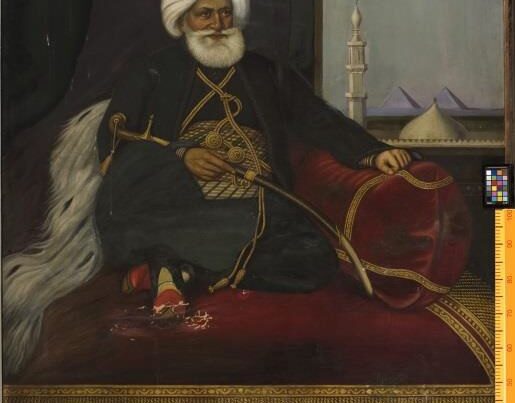by Kravari, K., Emmanouloudis, D., Korka, E. and Vlachopoulou, A.
ABSTRACT
Natural and man-made disasters are happening more and more often, leading to hundreds of casualties and significant catastrophic consequences. Unfortunately, they are affecting not only urban centers, outdoor set-tlements, and infrastructure, but also world cultural and natural heritage sites. Many of these monuments, which are included in the UNESCO World Heritage List, are at risk due to even moderate natural or man-made hazards, given the structural vulnerability created over the course of their hundreds or even millennia of existence. In this context, for several years, the issue of the risks of World Heritage sites has been of concern to UNESCO and in particular the World Heritage Center. Following this effort, the present work aims to enrich methods and techniques with the help of advanced information technologies and in particular a combination of Artificial Intelligence (AI), Virtual and Augmented Reality, and the Internet of Things (IoT). The article presents the first steps towards a holistic and easily adaptable methodology, forming the so-called INBO (IN-DEX + BOOKLET = INBO), a novel combination of INDEX (catalogue) and IT Booklet, which will allow both monument monitoring and real-time emergency response. This methodology will improve the way in which first responders and monument managers, even visitors, react and handle the information provided. INBO will allow the right prognosis to be achieved by leading to timely and smart decisions that will help prevent potential damage to the cultural heritage. The Ancient City of Philippi will serve as a pilot study for the ap-proach. The archaeological site of Philippi, located in Northern Greece, is one of the heritage sites, listed on the UNESCO World Heritage List.
![]()



